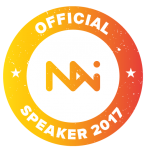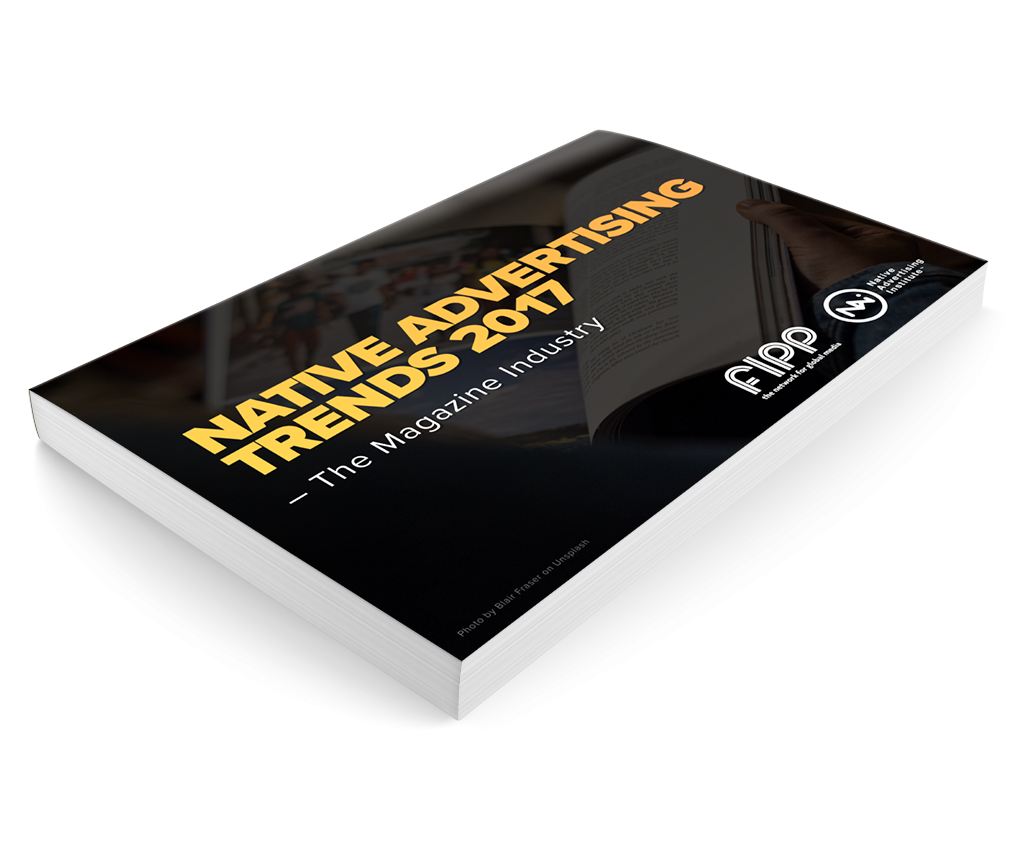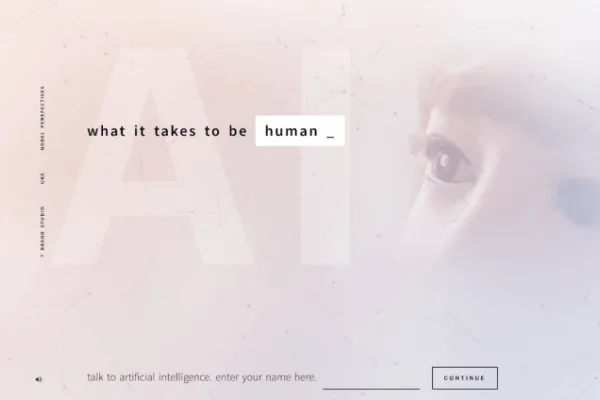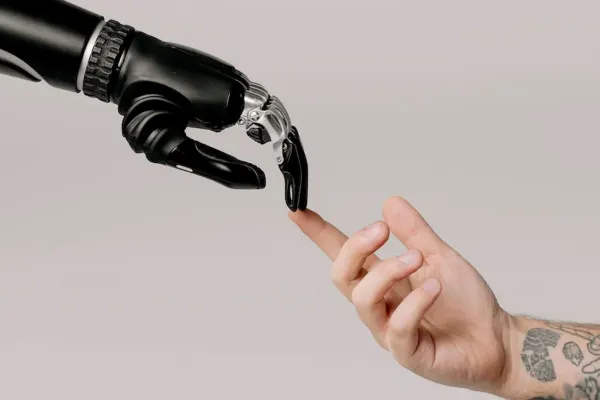 Dale Lovell, Chief Digital Officer at Adyoulike, experienced content marketer, online editor, publisher, and media professional is convinced that it's possible to scale native advertising, and that AI will play a major role in native advertising.
Dale Lovell, Chief Digital Officer at Adyoulike, experienced content marketer, online editor, publisher, and media professional is convinced that it's possible to scale native advertising, and that AI will play a major role in native advertising.
Lovell was an official speaker at Native DAYS17.
How do you make sure that native is still native when it’s been scaled?
The short definition of native is that it is an advertising message that looks, feels and acts like the environment in which it is published. That's what native advertising is. Scaling this across the open web is where technology businesses like Adyoulike come in and we make that very easy for publishers and brands to scale.
One might argue that native is only native on the platform for which it was originally created?
I think there is a common misunderstanding about native advertising in reference to this question. What you are referring to is branded content in my opinion or content in general.
Many publishers have taken the native advertising phrase and applied it to what is essentially branded content and publisher partnerships. Is this native advertising? Yes, of course, it is. Is it the only type of native advertising? No, it is not. It's worth remembering that native advertising was a term coined originally to describe 'native monetization' units such as those created by Facebook and Twitter, not to describe the branded content solutions of publisher studios.
More and more often we are seeing savvy marketers using all native advertising products together on their campaigns - why? Because all of them work.
The choice for brands is not an either/or when it comes to choosing to create publisher partnership branded content, or other native distribution methods - it will depend on your brand and the objectives of your business. In fact, more and more often we are seeing savvy marketers using all native advertising products together on their campaigns - why? Because all of them work.
Why do they work? Because all native advertising adheres to some simple rules when it works best: good content (created by a publisher or brand), distributed in an unobtrusive way directly into environments where your audience are congregating. Increasingly in a mobile-first world your customers are hanging out on feeds - and native advertising is the perfect medium for reaching these customers infeed.
Pete Wootton, MD of Digital at Dennis Publishing, says that one of the biggest challenges of native advertising is “to make sure we don’t let it get commoditized (...) We need to resist having loads of programmatic native on our premium sites” - what is your take on this statement?
I understand where Pete is coming from with this argument, but as I have set out above I think this comes down to the semantics around what we say native advertising is. Should we make efforts to ensure branded content is not commoditized? Yes, of course, and this happens naturally if you are working with publishers on content solutions for your brand.
Should we resist programmatic native on premium sites? I obviously disagree. Any publisher not embracing the programmatic native opportunity is missing out on a significant amount of revenue, particularly when it comes to monetizing their mobile inventory.
RELATED: Why True Native Can and Needs to Be Scalable
There is a perception around programmatic that publishers lose control of what they charge for their inventory: but the tools exist for publishers to fully control what they charge. Lessons have been learned from the display switch the programmatic. Private deals and programmatic guaranteed give publishers control.
More and more money is flowing into programmatic native from traditional display and the transition for media buys to go programmatic continues apace, driven by agencies and advertisers. These are trends that are unlikely to change over the coming years.
In November 2016, Adyoulike integrated IBMs Watson AI software. Can you explain what Watson does?
Watson was developed by IBM as an AI tool to take-part and win the US quiz show Jeopardy. It has the equivalent of 20M books in terms of accessible knowledge - and continues to grow. At Adyoulike we did a native first and integrated our network with Watson.
Watson scans all the publisher pages in Adyoulike's global network of premium publishers and analyses them in the same way as a human mind would: looking contextually for topics, sentiment, and semantics rather than just scanning for simple keywords.
In what way is AI targeting more valuable for brands than scaling native advertising without AI?
Watson’s way of scanning allows the platform to deliver native content in-feed in the most relevant and targeted way possible. Watson looks at where, why and how the existing editorial content on each site is 'talking about' subjects and ensures advertisers are dynamically delivering the best native content to fit.
We are now able, in real time, to associate any kind of advertising content to the best matching editorial context, whatever the level of semantic targeting expected by advertisers and publishers.
RELATED: Can Native Advertising Save the Media Industry?
Will AI create some kind of breakthrough in the native ad industry?
AI is a burgeoning topic and while Adyoulike was the first to bring native AI to the market - we will not be the last. We truly think that deep semantic contextual targeting is the only way to make the most of the native opportunity.
On the most basic level, AI will make marketers, and by extension advertising campaigns, become much more efficient and effective and also help to change our jobs in very positive ways. Digging deeper into how AI will affect marketing now, I believe there is one area it will significantly alter in a number of years: the targeting of consumers online.
AI solutions, such as ours, represent a potential solution to this targeting problem. What technology like this is able to achieve goes far beyond basic targeting. It analyzes thousands of pages per second and digests all the relevant data for every ad page which is displayed. From there, it can provide real-time insights on how to improve a campaign.
Additionally, the scale of what is possible through AI, regardless of the channel used, has become clearer.
DOWNLOAD: Native Advertising Trends 2017 - The Magazine Industry

 By
By 

